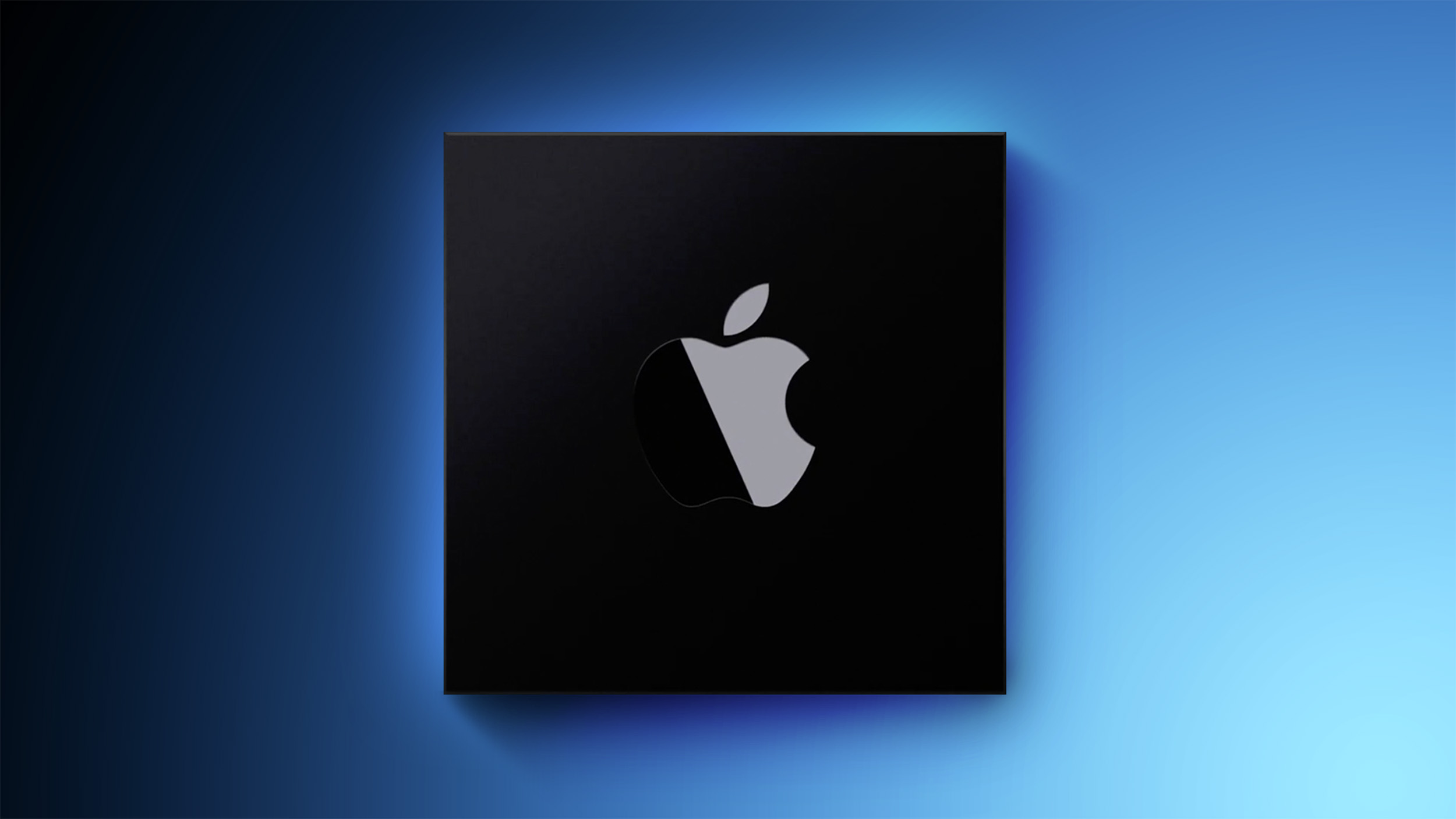One of the least exciting Microsoft 365 apps might soon be worth your attention
Microsoft is preparing to roll out a series of updates for Whiteboard, its “intelligent canvas” application for online collaboration.
A selection of new entries to the Microsoft 365 roadmap reveal Whiteboard users will soon benefit from a raft of extra features, from the ability to embed video content and add comments to boards, to a timer to help facilitate structured activities.
The new features are expected to roll out in fits and starts over the next few months, but all should be available to customers by the end of the year.
Microsoft 365 upgrades
The latest upgrades for the Microsoft 365 suite can be seen as part of the ongoing arms race between Microsoft and other vendors across the remote collaboration, productivity and video conferencing space.
Since the start of the pandemic, companies have fought to provide customers with the deepest portfolio of facilities to help support collaboration between remote workers, and now, to enable hybrid working arrangements whereby staff are scattered across a range of locations.
Although the updates to Microsoft Whiteboard might appear insignificant in isolation, they provide another avenue for colleagues to share ideas and work through problems remotely, as well as catering to a subset of employees who work best with visual mediums.
They also contribute to the overall evolution of Microsoft’s software suite, complementing various recent upgrades, including the ability to share pre-recorded video messages and deliver finely tuned presentations over Teams, and the option to compose documents and emails using voice dictation.
According to data collected on behalf of TechRadar Pro, Microsoft still enjoys a significant lead over its main market competitor, Google. As it stands, Microsoft 365 is the chosen productivity suite of the majority of US businesses (58.2%), whereas Google Workspace is used by only 15%.
However, Google stole a march on Microsoft when it came to the real-time collaboration model, whereby software is served up via the cloud, which has proved all-important since the transition to remote and hybrid working.
In 2020, Google also rebranded G Suite to Workspace, signalling an increase in investment. As part of this process, the company announced it would make a concerted effort to create a more “deeply integrated user experience”, closing the gap on its rival.
In light of these facts, Microsoft cannot afford to rest on its laurels and continual upgrades for its own software will be vital to preserving its dominant market position, no matter how minor the individual improvements.
Our list of the best office software on the market right now





